My name is Kathleen Shelman, and I have been gardening for more than 30 years on an acre outside of Portland, Oregon. We are in the foothills of the Cascades, so we get quite a bit of rain, which makes for many gray days. Also, many of the trees I planted years ago have (surprise) become quite large, and I find myself with more shade. Because of this, I have found myself adding more and more golden shrubs to the garden, to the point where I need to remind myself that green and its many variations are also foliage colors. Here are a few of my favorites that keep their gold color all summer.
Hydrangea serrata ‘Golden Sunlight’ (‘Golden Sunlight’
mountain hydrangea, Zones 6–9)
Hakonechloa macra
‘All Gold’ (‘All Gold’ hakone grass, Zones 5–9) reflects on the Disporum longistylum
‘Night Heron’ (‘Night Heron’ Chinese fairy bells, Zones 5–9).
 Humulus lupulus ‘Aureus’ (hop vine, Zones 3–8) is bright and beautiful but must be watched, as it can spread quickly.
Humulus lupulus ‘Aureus’ (hop vine, Zones 3–8) is bright and beautiful but must be watched, as it can spread quickly.
Physocarpus opulifolius
‘Monlo’ (‘Monlo’ ninebark, Zones 2–8) makes a bright mass against the yew hedge.
Two common but useful shrubs, Spiraea japonica
‘Double Play’ (Japanese spirea, Zones 3–8) and Cornus sericea
‘Silver and Gold’ (variegated red osier dogwood, Zones 3–8), brighten a dark corner.
Sambucus racemosa
‘Sutherland Gold’ (red elderberry, Zones 3–7) grows beneath a Rosa glauca
(redleaf rose, Zones 2–8) to prevent afternoon burn.
Berberis thunbergii
‘Aurea nana’ (dwarf yellow barberry, Zones 4–8) always looks fresh.
Cornus alba
‘Gouchalti’ (variegated tatarian dogwood, Zones 3–7) grows beneath Cornus mas
(cornelian cherry dogwood, Zones 4–8).
Hydrangea quercifolia
‘Little Honey’ (‘Little Honey’ oakleaf hydrangea, Zones 5–9) likes only morning sun.
Choisya ternata
‘Sundance’ (‘Sundance’ Mexican orange, Zones 7–10) in front of Ribes sanguineum
‘Brocklebankii’ (‘Brocklebankii’ flowering currant, Zones 5–7).
Have a garden you’d like to share?
Have photos to share? We’d love to see your garden, a particular collection of plants you love, or a wonderful garden you had the chance to visit!
To submit, send 5-10 photos to gpod@taunton.com along with some information about the plants in the pictures and where you took the photos. We’d love to hear where you are located, how long you’ve been gardening, successes you are proud of, failures you learned from, hopes for the future, favorite plants, or funny stories from your garden.
If you want to send photos in separate emails to the GPOD email box that is just fine.
Have a mobile phone? Tag your photos on Facebook, Instagram or Twitter with #FineGardening!
You don’t have to be a professional garden photographer – check out our garden photography tips!
Do you receive the GPOD by email yet? Sign up here.
Fine Gardening Recommended Products
Ho-Mi Digger - Korean Triangle Blade
Fine Gardening receives a commission for items purchased through links on this site, including Amazon Associates and other affiliate advertising programs.
Versatile Tool: The Easy Digger Korean Triangle Blade Ho Mi Ho-mi is a versatile gardening tool designed for leveling and digging in home and garden settings. Efficient Design: Its unique triangular blade shape allows for easy soil penetration and efficient leveling of garden beds or landscaping areas. Durable Construction: Crafted with sturdy materials, this tool ensures long-lasting performance and reliability.
Ergonomic Handle: The comfortable handle provides a secure grip, reducing hand fatigue during extended use. Compact Size: Its compact design makes it easy to maneuver in tight spaces and store when not in use.
isYoung Birdlook® Smart Bird Feeder with Camera
Fine Gardening receives a commission for items purchased through links on this site, including Amazon Associates and other affiliate advertising programs.
Upgraded Dual Granary Bird Feeder. G11 Smart Bird Feeder with Camera – The upgraded dual granary design allows for separate food dispensing, giving birds the freedom to choose while preserving the food’s original taste. With a 2L extra-large capacity, it reduces the need for frequent refills. The drainage design ensures the food stays dry and prevents spoilage from rain. Ideal as a camera bird feeder for birdwatching enthusiasts. 2K HD Camera & Close-Up Bird Watching. Experience clear bird watching with the G11 smart bird feeder. This bird feeder with camera features a 170-degree wide-angle lens and a 1296P HD camera, ensuring vibrant images and videos. With AI-powered recognition, it can identify over 16,000 bird species (subscription required, first month free) and provides extensive birding knowledge. Its unique design helps attract more birds to your backyard. App Alerts & Super Night Vision. The smart bird feeder camera detects motion within 0.5 seconds and sends instant notifications through the "VicoHome" app. With a 2.4G Wi-Fi connection, you can view real-time updates on bird activity right from your app. The video bird feeder also features night vision, ensuring vibrant images and videos even in low light conditions. Ideal for wild bird feeders, this advanced functionality enhances your bird-watching experience day and night.
DeWalt Variable-Speed Cordless Reciprocating Saw with 6-Piece Saw Blade Set
Fine Gardening receives a commission for items purchased through links on this site, including Amazon Associates and other affiliate advertising programs.
You can fit a variety of blades to this saw to cut fallen branches or prune larger limbs from trees in a pinch. It’s fast, tough, easy to use, and extremely versatile.
- 18.31 x 6.13 x 4 inches
- 1-1/8-inch stroke length
- Variable speed trigger with 0-3000 spm
- DW4856 Metal/Woodcutting Reciprocating Saw Blade Set, 6-Piece



 Humulus lupulus ‘Aureus’ (hop vine, Zones 3–8) is bright and beautiful but must be watched, as it can spread quickly.
Humulus lupulus ‘Aureus’ (hop vine, Zones 3–8) is bright and beautiful but must be watched, as it can spread quickly.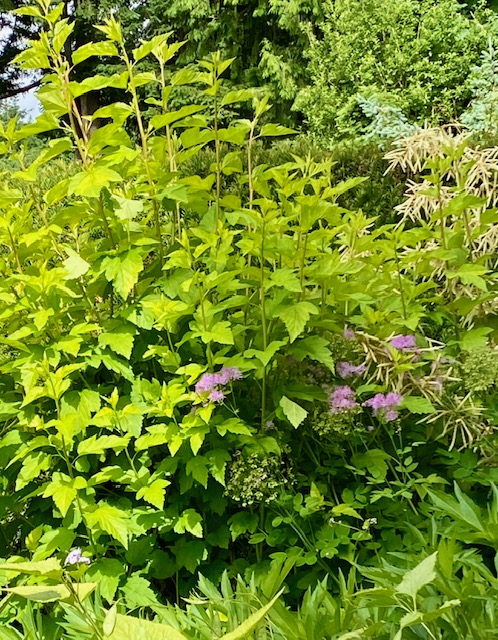
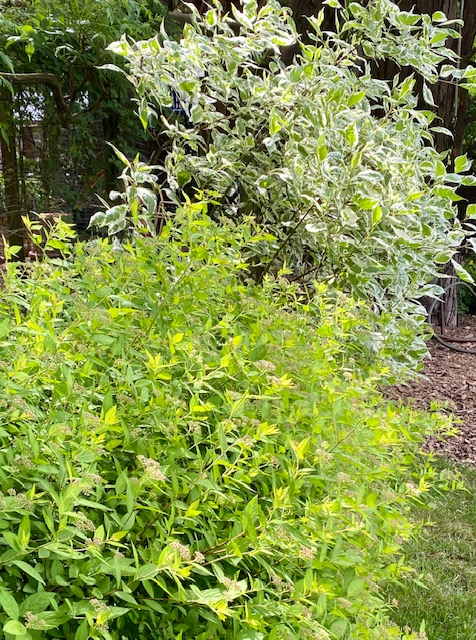
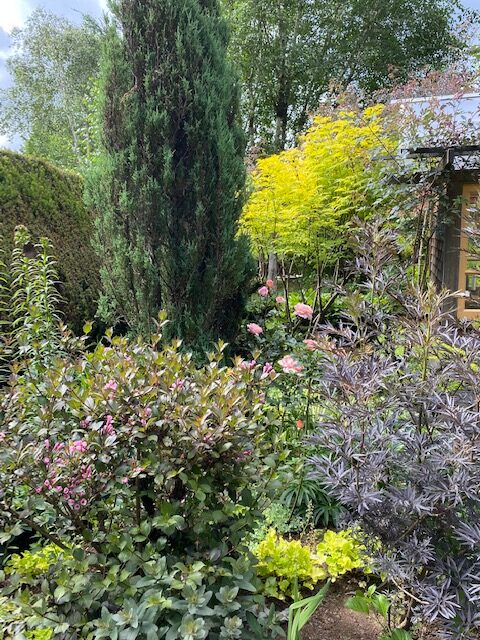

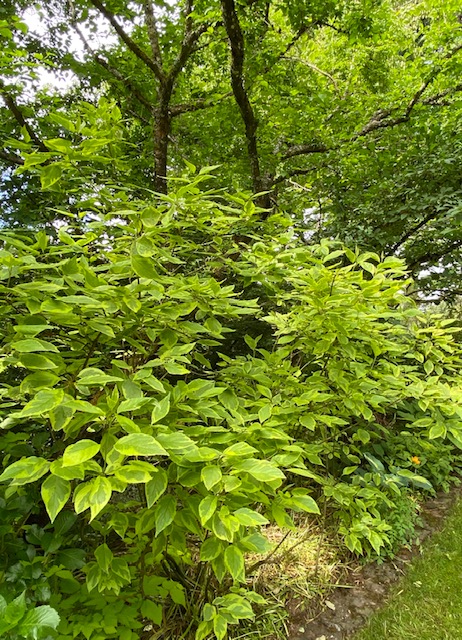

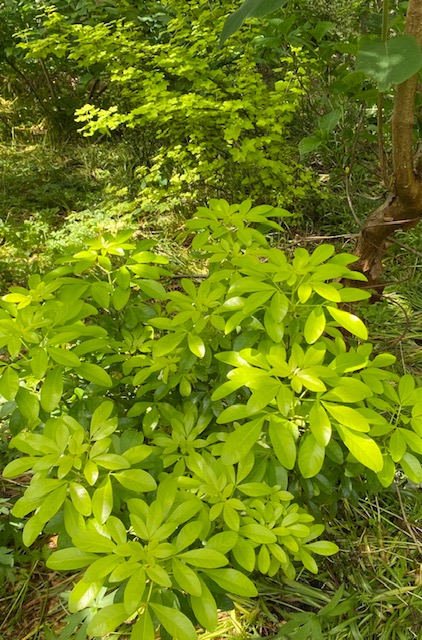







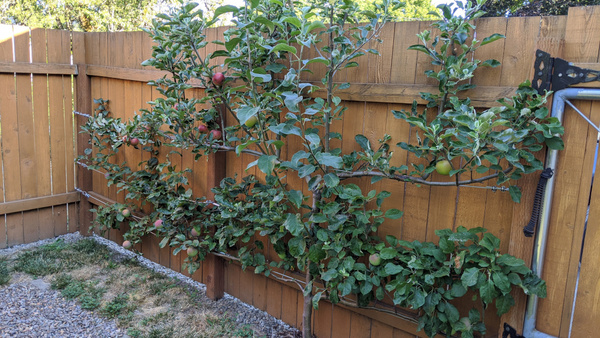
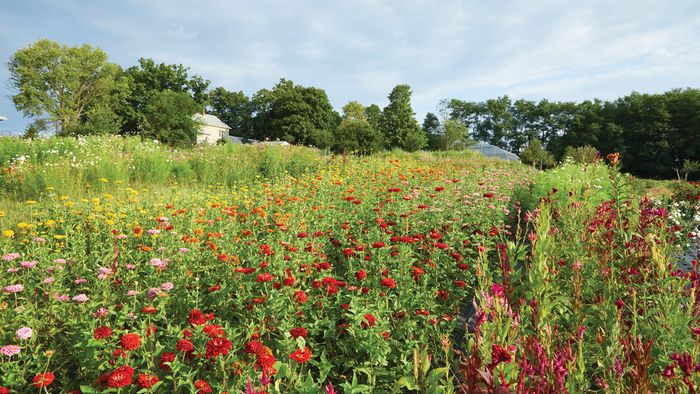
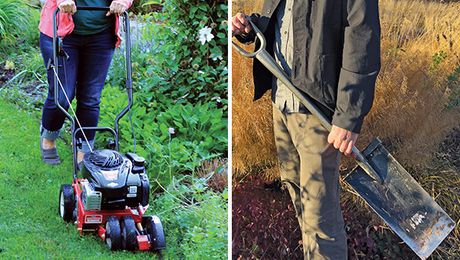











Comments
What a wonderful collection of gold-leaved plants you have assembled. They really brighten up shaded areas. I particularly liked Hydrangea quercifolia ‘Little Honey’.
I have Little Honey too but mine doesn't look as good as yours. Love all your yellows & how they brighten things up.
Pretty garden and great choices of bright golds and greens!
You are so right about how they brighten shady spots in the garden!
Love what you did!
Beautiful use of the yellows, greens, variegations and great mix of shapes and textures. Really a lovely garden.
I have been adding golden shrubs for the past year because my green trees are getting bigger and casting more shade in my garden. My problem is that they don't do well when there's not much light, which makes them look sad all winter long, even though they are still
-Hedge Trimming
Log in or create an account to post a comment.
Sign up Log in